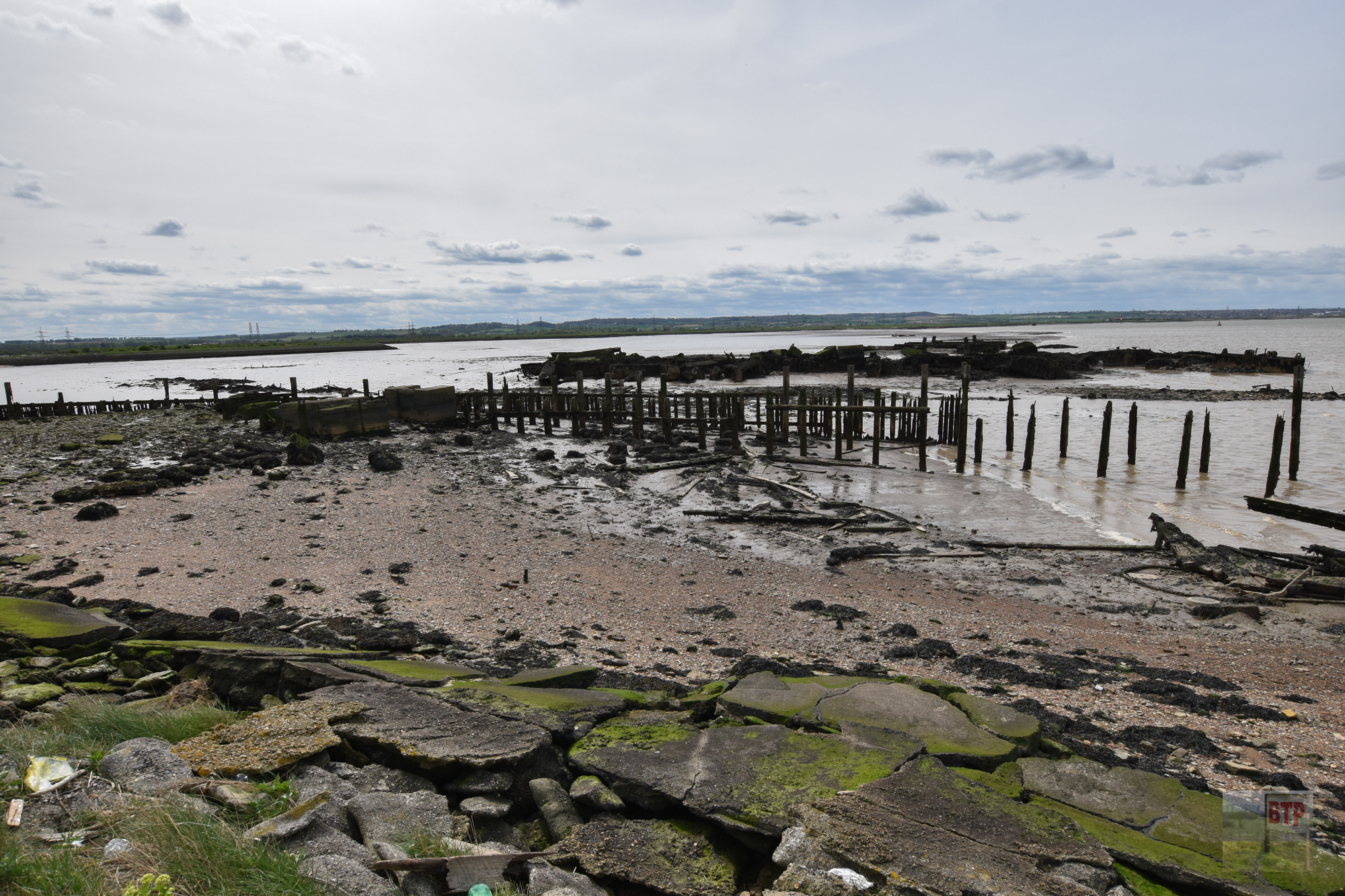
Nore Fort was a set of towers out in the very mouth of the River Thames, between Great Wakering and Sheerness. The fort designed by Guy Maunsell as a sea-platform anti-aircraft battery, and was built in 1942 during the Second World War. Nore followed an ‘Army’ style of fort; cuboid metal platforms on stilted reinforced-concrete legs, connected by walkways, shared by Redsands and Shivering Sands forts further out into the ocean. There was also a ‘Navy’ style of fort with a landing platform ontop of two thick pillars descending down into the water. Gunners would have been stationed on the forts a months at a time, isolated from the mainland. After the war ended in 1945, the forts went out of use as a battery yet were home to a maintenance team that worked there for several years afterwards.
What happened to the fort?
Whilst the similar forts at Redsands and Shivering Sands still remain, Nore fort has had a less kind history. In 1953, a storm damaged the fort, and a month later a Norwegian ship Baalbek collided with it. This killed four civilians and destroyed a great deal of equipment on the fort. The concrete leg of one of the platforms had to be repaired with the addition of a mould and poured concrete, which is pictured. Because Nore fort at the time was the only one within British waters, and stood so close to a Thames shipping lane, it was dismantled in 1959 which you can also see in contemporary photographs. The metal components were scrapped and the concrete bases were dumped on the seabed and off the coast of Cliffe, Kent, where they remain today.
Is there anything remaining from the fort today?
Today, the reinforced concrete legs and criss-cross base of Nore Fort remains off of Cliffe in North Kent; not too far from where it originally stood further out in the water. Considering there isn’t very much remaining, and only one square base remains, it can be presumed these are the remains of the stand of just one of the platforms which made up Nore Fort. The remains are still considerably large. Hollow concrete cylindrical and rectangular tubes remain shattered just off of the seawall in the mud, revealing the reinforced lattices inside them. They are easily visible even at higher tides, and are situated just behind the shipwreck of vessel the Hans Egede. The size of these pieces help us to imagine the enormous scale of Nore Fort when it was standing.

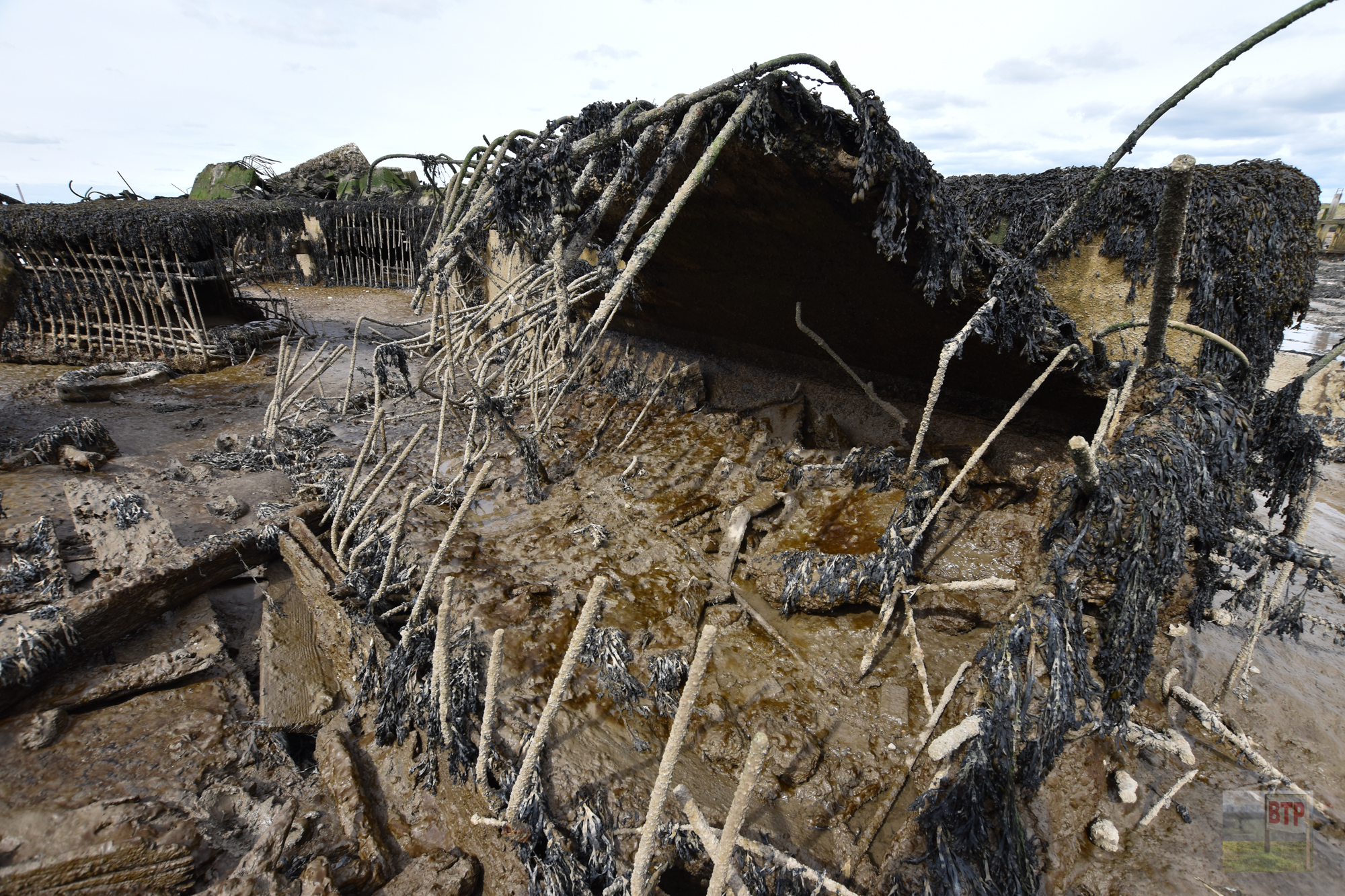

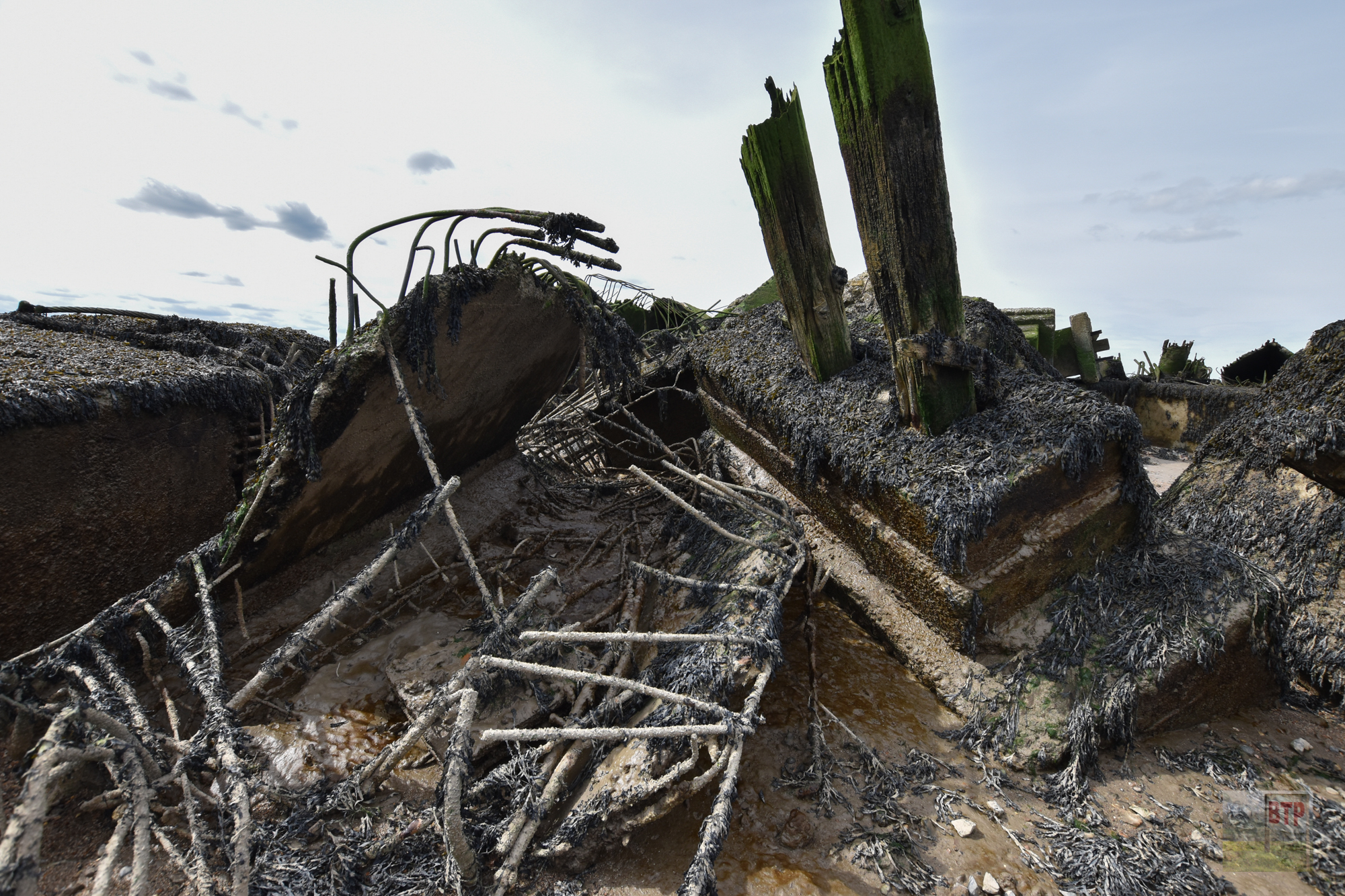
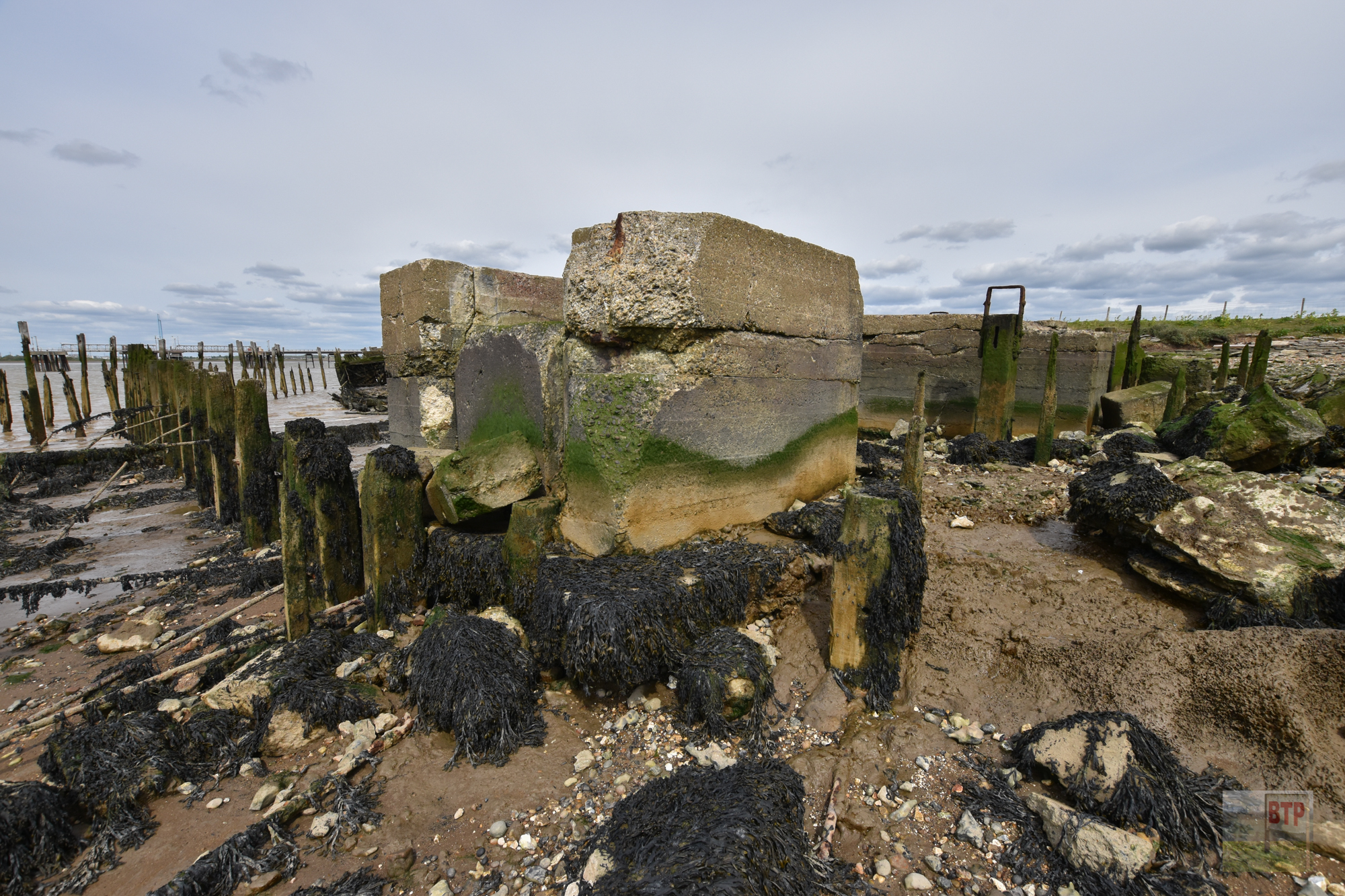
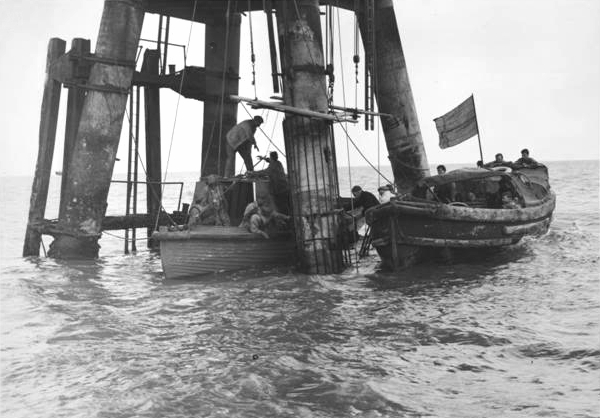
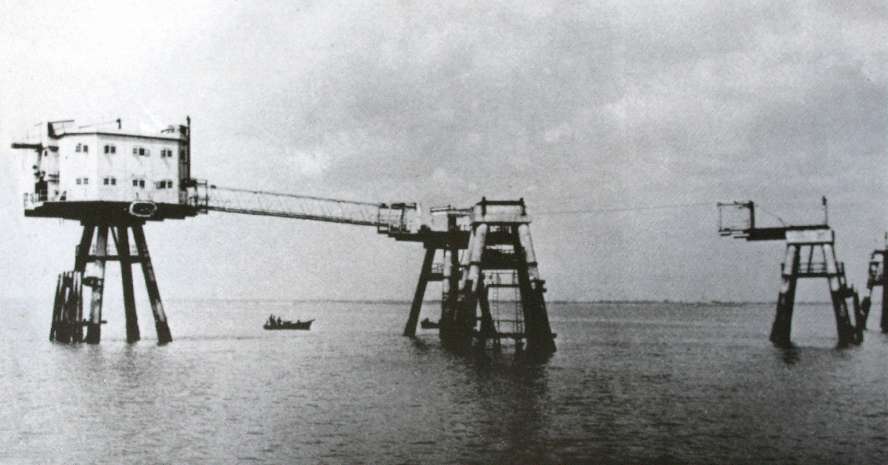
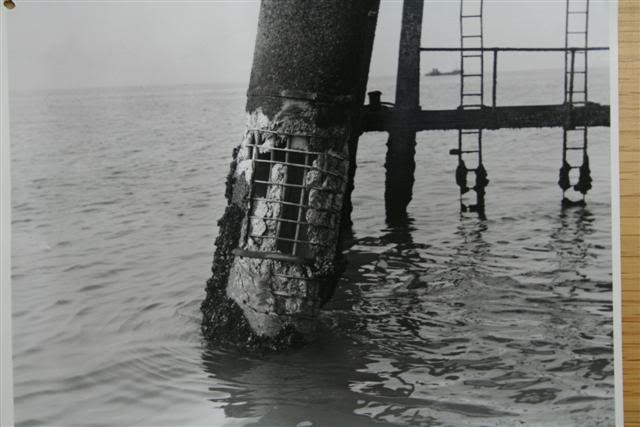
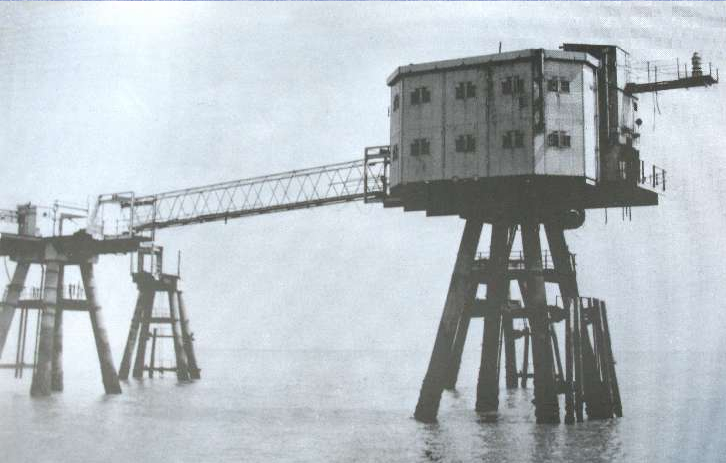

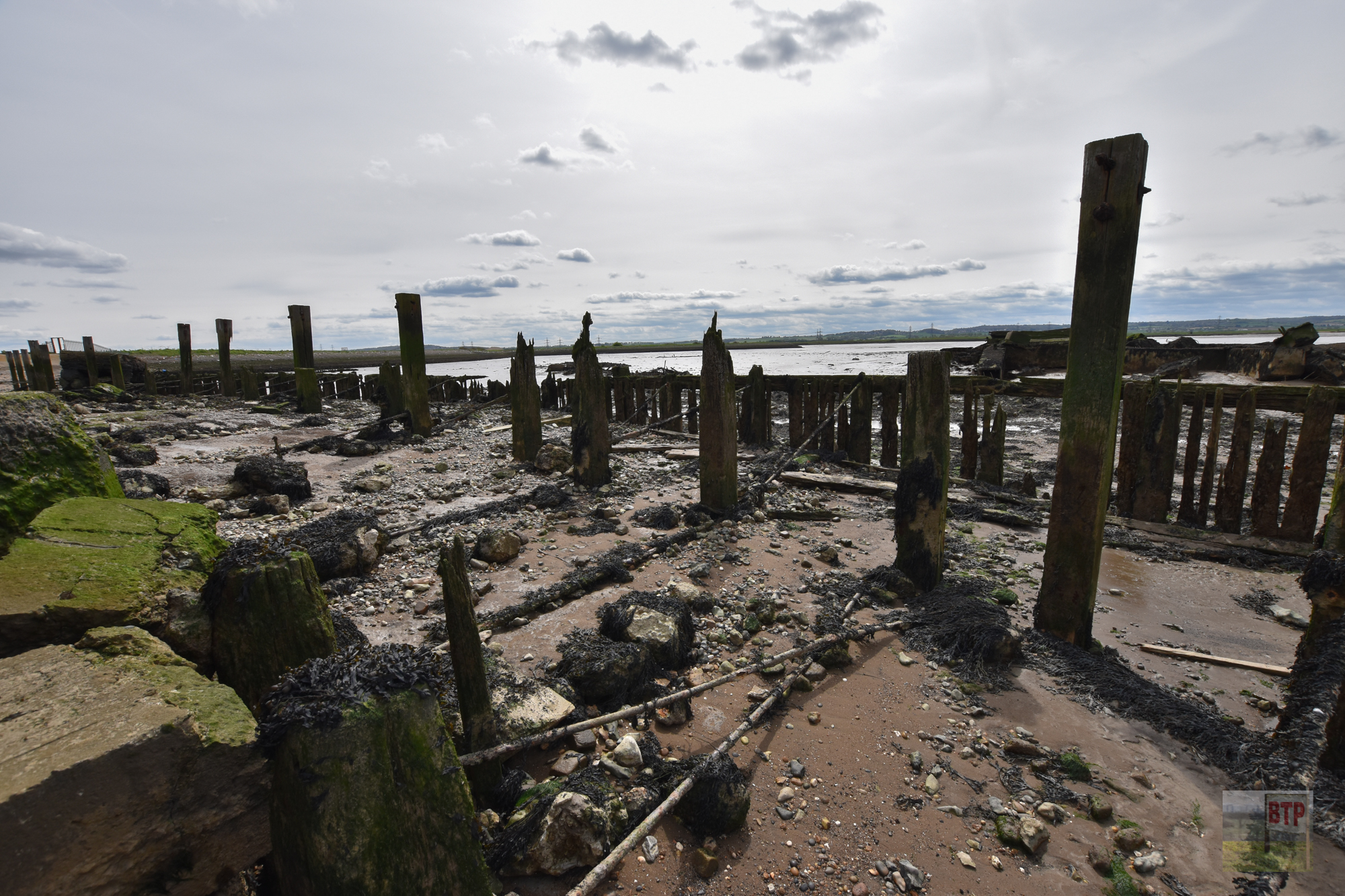
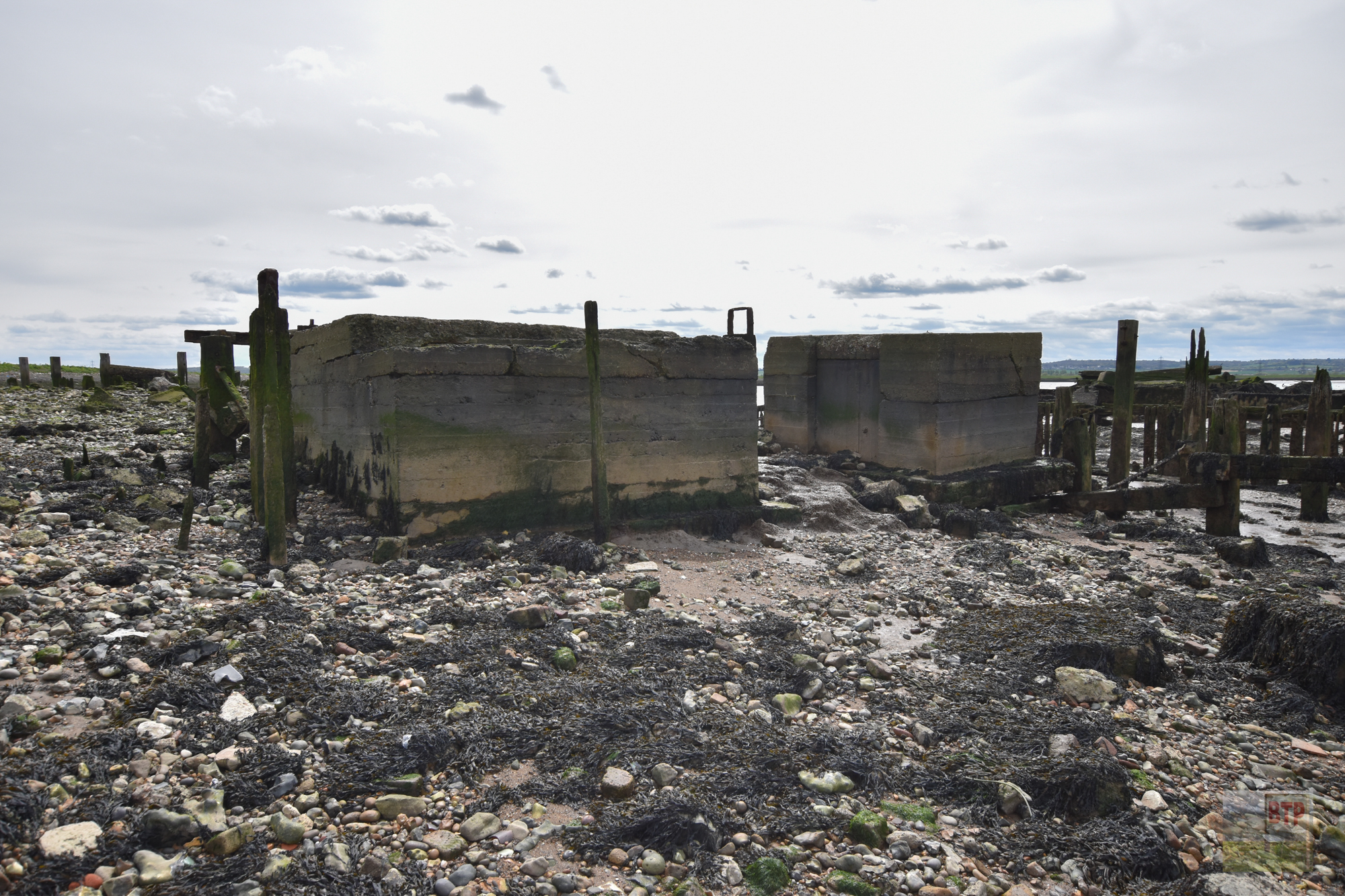
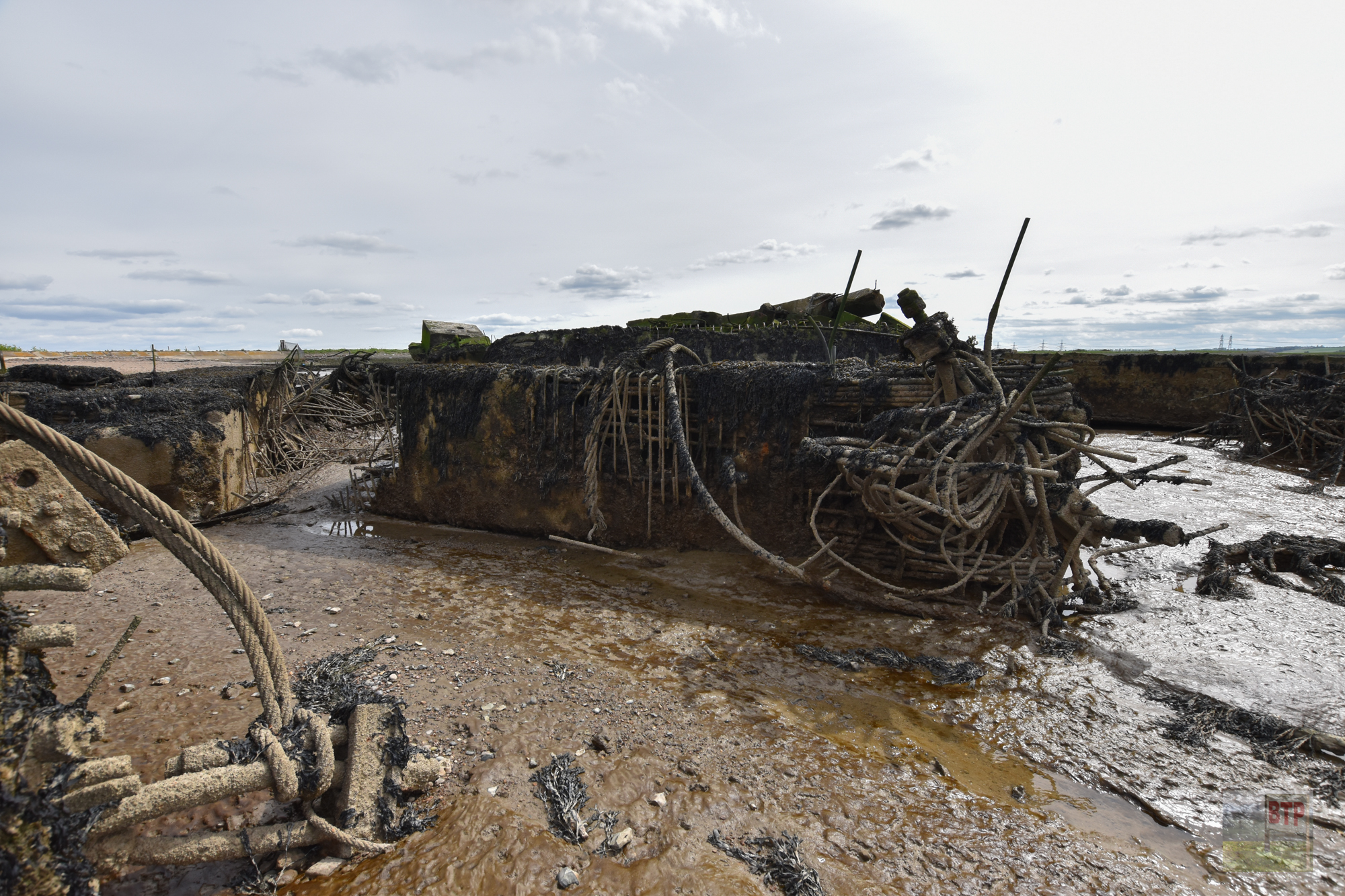
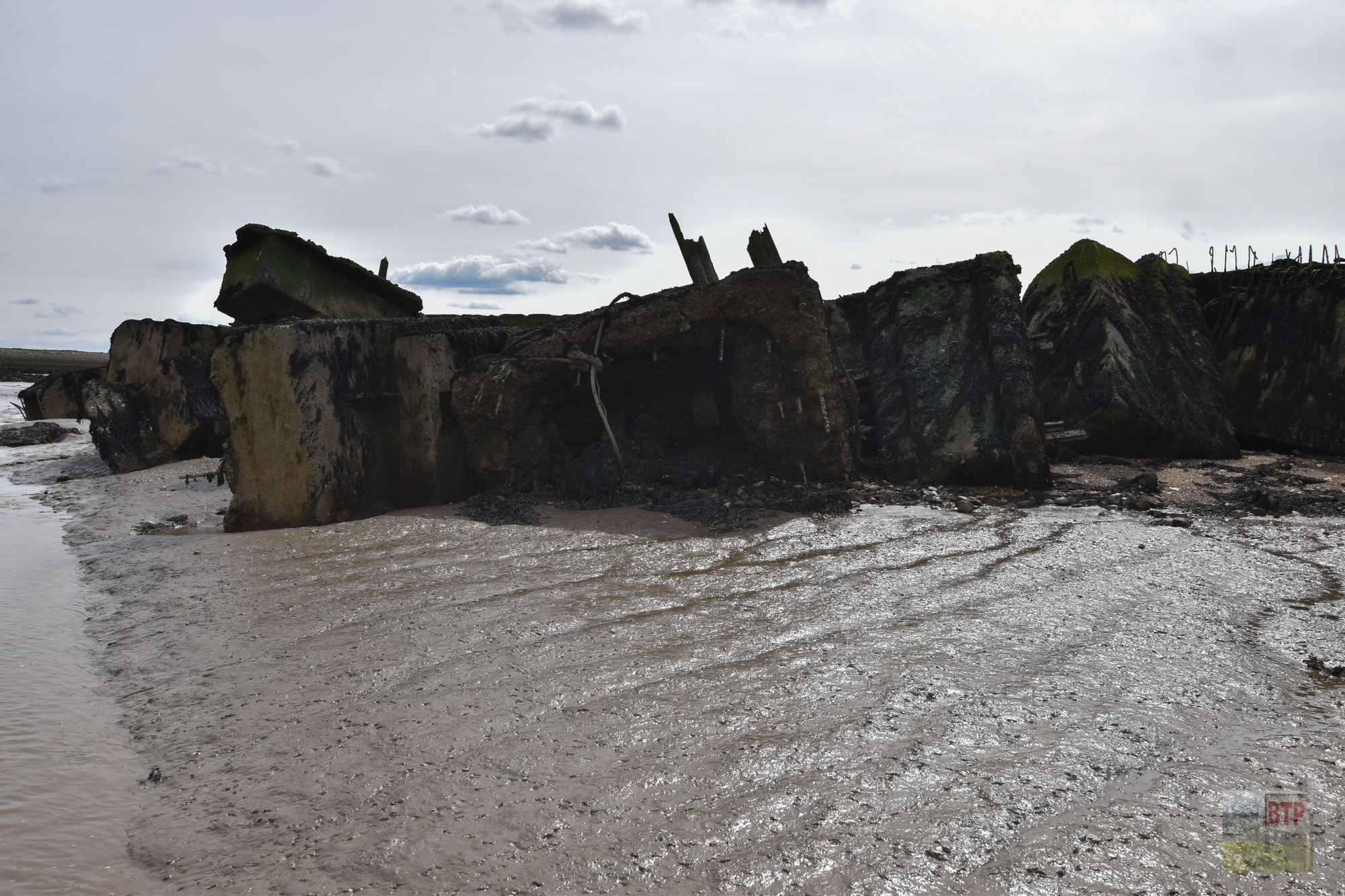
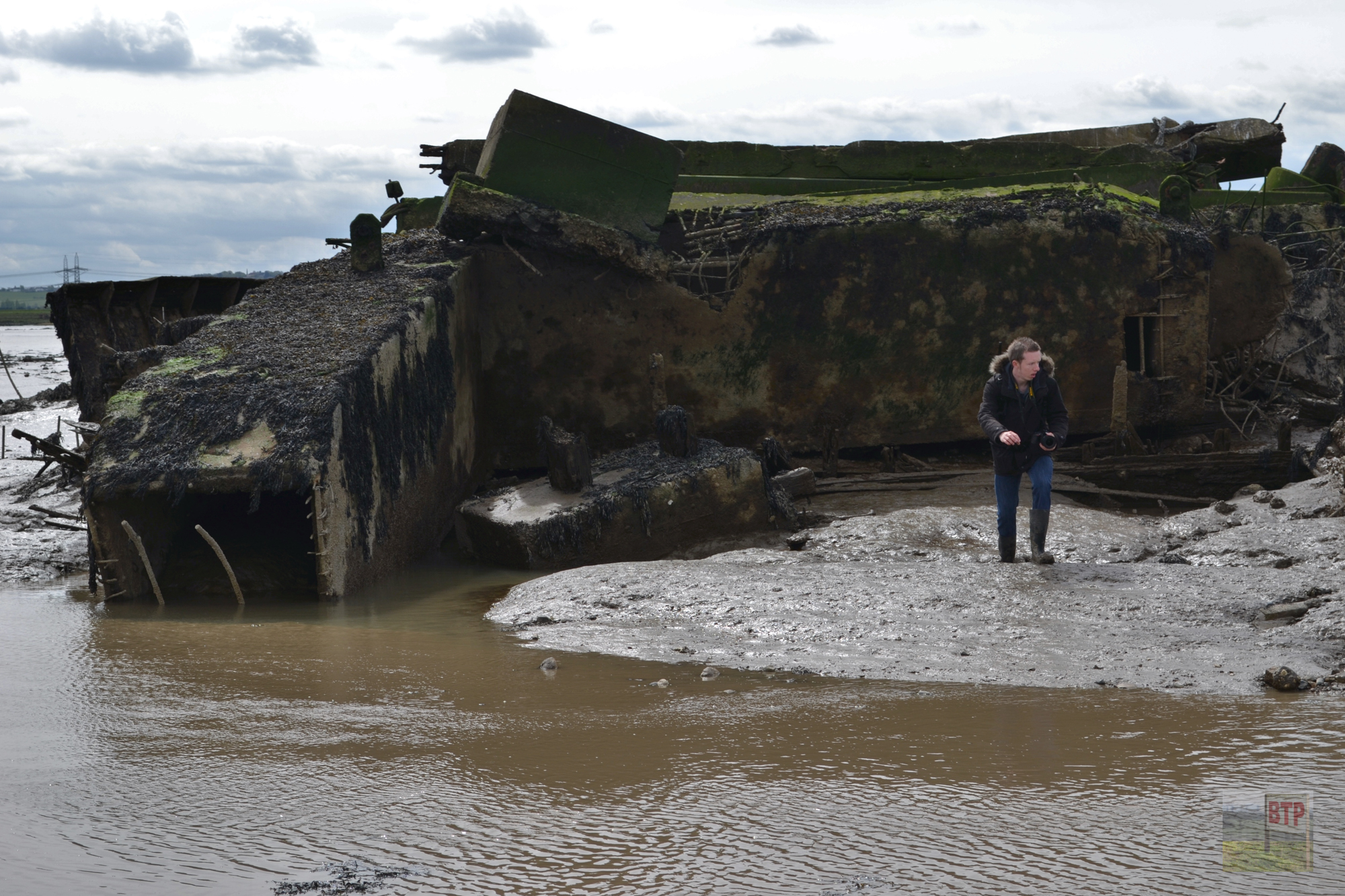



Keep up the good work Chaps
Thanks for this!